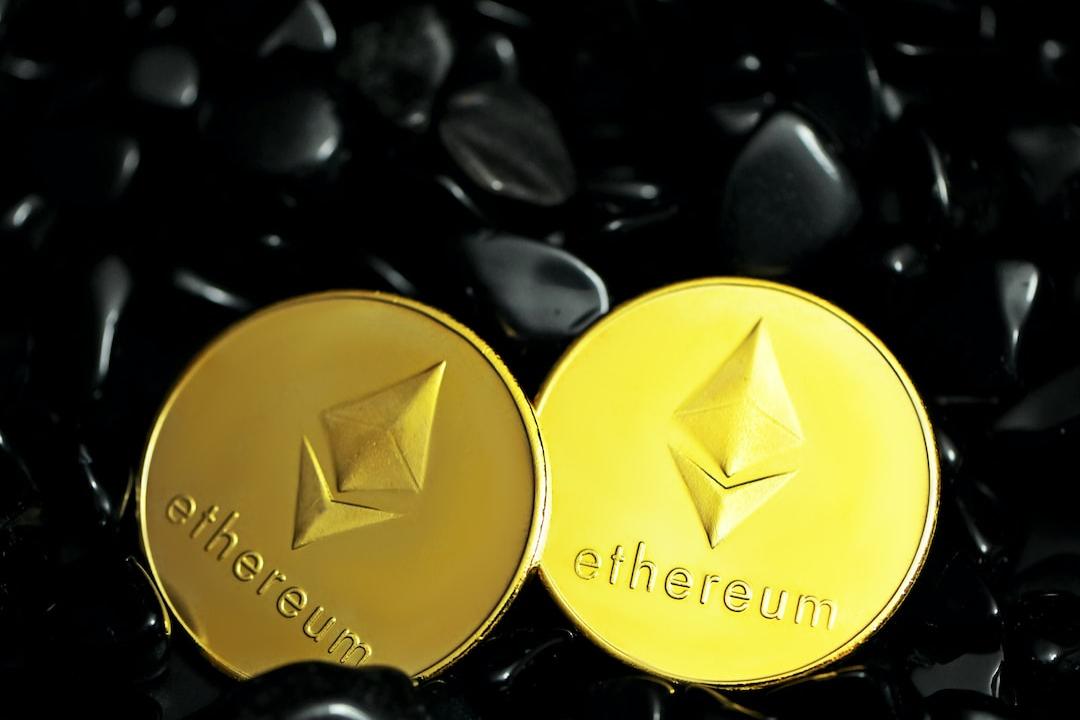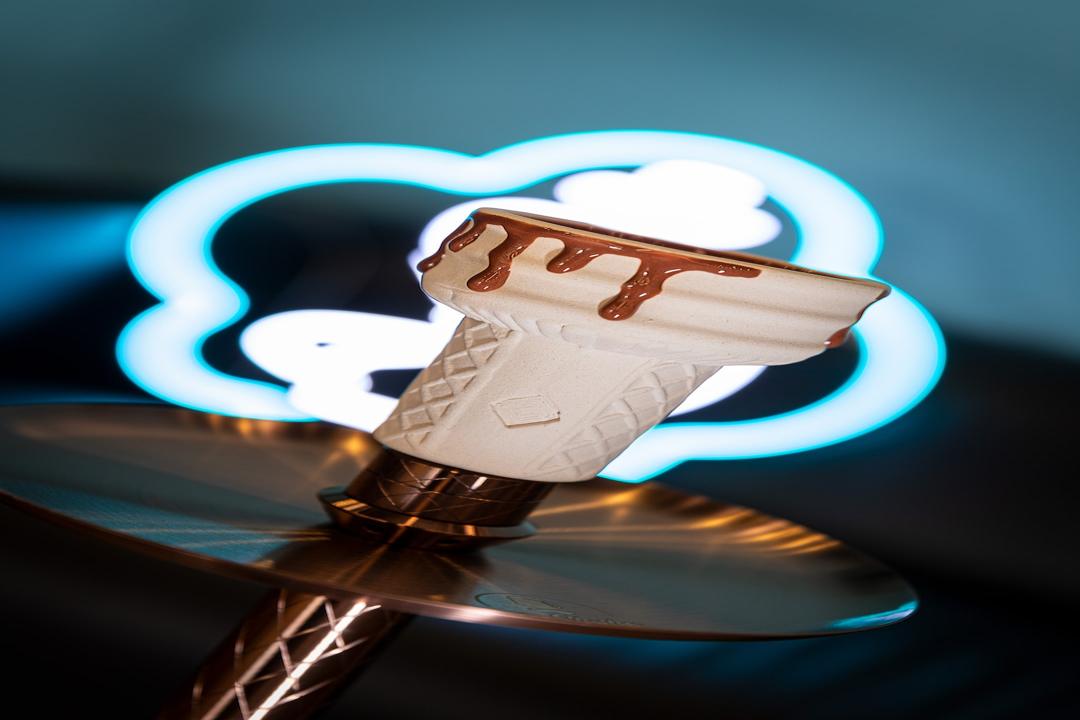Coin World News Report:
Author: Climber
On July 5th, as BTC fell below $54,000, many mining companies’ mining machines have reached the shutdown price. According to F2Pool data, currently only five models of mining machines can bring profits to their operators. This means that enterprises whose main business is cryptocurrency mining urgently need to find new sources of revenue.
Previously, due to factors such as the transition of the consensus mechanism from POW to POS, the fourth halving of Bitcoin, and energy costs, the stocks of major mining companies listed before the halving all plummeted, and some even declared bankruptcy. With the current decline in Bitcoin prices, it is even more difficult for mining businesses to cover costs. Bloomberg predicts that the losses of the entire cryptocurrency mining industry after the halving will be about $10 billion.
Facing the crisis, mining companies have begun to take measures to save themselves, such as forming alliances, upgrading mining machines, and improving computing power. However, the most effective way currently is to transform into the AI field. Compared with other industries, the business path of mining companies highly overlaps with the AI track, as both have a strong demand for computing power, which happens to be the strength of cryptocurrency mining companies.
Core Scientific
In January 2024, Core Scientific’s Chapter 11 bankruptcy reorganization plan was approved by the bankruptcy court. However, on the day of listing, the company’s stock price fell by more than 30%, closing at only $3.75.
In March, Core Scientific announced its financial report, showing a total revenue of $502.4 million for the 2023 fiscal year, a decrease of 22% compared to the previous year.
However, after that, the company decided to enter the AI field and signed a long-term contract with CoreWeave in the same month, with potential revenue exceeding $100 million. According to the contract, Core Scientific will provide up to 16 MW of capacity in its new data center in Austin, Texas, to host CoreWeave’s infrastructure. Core Scientific is leasing a Tier 3 data center in Austin, which used to be owned by HP, to expand its hosting business to include HPC.
Shortly after, Core Scientific announced another 12-year contract with CoreWeave, which is expected to generate an average annual revenue of about $290 million for Core Scientific. The total revenue during the 12-year period will exceed $3.5 billion.
The transition to AI has brought confidence and new life to Core Scientific. Not only did they reject CoreWeave’s proposal to acquire the mining company for $5.75 per share, but the company’s market value also achieved positive growth as the stock price rose.

From the above chart, it can be seen that before the halving, Core Scientific’s stock price was about $3. After the halving, it has been rising and has reached $10, an increase of nearly 300%. It is worth noting that after Core Scientific announced the 12-year contract with CoreWeave in June, its stock price doubled.
CoreWeave
CoreWeave started as a mining company and is now known as the “AI Computing Power Broker”. The company was established in 2017 and is a professional cloud provider with a large-scale GPU computing resource, which means it has thousands of NVIDIA AI “graphics cards”. Its clients include OpenAI, Microsoft, and many other AI giants.
CoreWeave initially focused on mining Ethereum and their production materials were GPUs. By the end of 2018, they had deployed over 50,000 GPUs, accounting for over 1% of the Ethereum network’s computing power and becoming the largest Ethereum miner in North America.
Considering the increasingly fierce competition in the cryptocurrency mining market and the significant impact of electricity prices, CoreWeave started focusing on purchasing enterprise-grade GPU chips and building dedicated cloud infrastructure since 2019. They adjusted their business around NVIDIA chips.
Currently, relying on NVIDIA graphics cards, CoreWeave has become a cloud computing service company and has won big clients such as Microsoft and Google. It has entered the unicorn ranks and has become one of the world’s largest independent GPU cloud providers, serving clients in various industries such as VFX, artificial intelligence, gaming, and healthcare.
The transformation into CoreWeave has brought huge commercial returns and freed it from the constraints of cryptocurrency price fluctuations.
In April 2023, CoreWeave completed a Series B financing of $221 million, and just a month later, Magnetar Capital invested an additional $200 million. The total amount of Series B financing for the company reached $421 million.
In August of that year, CoreWeave completed a $2.3 billion debt financing led by Magnetar Capital and Blackstone, directly boosting the company’s valuation to $8 billion.
This year, CoreWeave completed a Series C financing of $1.1 billion. At the same time, another mining company, Core Scientific, announced a 12-year contract with CoreWeave, where the former will provide the latter with infrastructure with a capacity of about 200 MW. In addition, in June of this year, CoreWeave announced a $2.2 billion investment in building data centers in Europe by the end of 2025.
Currently, there are market rumors that CoreWeave plans to go public in 2025.
Hut 8 Corp
In the third quarter of last year, Hut 8’s net loss was about CAD 54 million (approximately $40 million), and revenue decreased by 46% compared to the same period last year. After that, Hut 8 changed its CEO, and the new CEO Asher Genoot stated before the halving that the current task was to make “difficult decisions to divest, invest, and grow assets.”
Therefore, at the end of last year, Hut 8 began to adjust and transform its business, acquiring four Canadian power plants and a new Bitcoin mining facility. But more importantly, Hut 8 stated that it would actively seek more opportunities to invest in the “huge growth potential of artificial intelligence.”
On July 4th, Hut 8 announced plans to commercialize its AI business in the second half of 2024.
In its operational update in June, Hut 8 Corp mentioned that the company’s managed computing power reached 17.8 EH/s, with a managed power capacity of 762 MW, and it mined 107 bitcoins in June.
At the same time, the company plans to commercialize its AI business in the second half of 2024 and predicts that annual revenue will reach about $20 million. CEO Asher Genoot stated that the company is actively optimizing existing assets and plans to upgrade the mining machine cluster to further improve the productivity and long-term operational efficiency of the data center.
Hut 8’s transformation into the AI business also led to a strategic investment of $150 million from Coatue in June. The funds will be used to support the construction of the next-generation AI infrastructure platform. It is expected that the transformation will be realized in the previously announced 1,100 MW energy project in the near future.
In addition, Hut 8’s AI transformation has also doubled its stock price after the halving.

From the above chart, it can be seen that before the halving on April 20th, the price of Bitcoin was about $8. After the halving, it has been rising and has reached over $16, achieving a doubling of its value.
Marathon Digital Holdings
Marathon Digital Holdings is the largest publicly traded Bitcoin mining company. According to Bitcointreasuries.net data, Marathon holds over 17,000 bitcoins. The company’s main business is self-operated Bitcoin mining, and its strategy is to (finance) purchase mining machines, deploy mining farms, and hold bitcoins as long-term investments after paying for the cash operating costs.
However, unlike the above three mining companies, Marathon focuses more on upgrading mining machines and increasing production capacity under the pressure of the halving.
In the past few months, Marathon has been continuously optimizing its mining machine products and expanding its computing power. The company plans to increase its computing power to 50 EH/s by the end of 2024, doubling its capacity from the beginning of the year. Marathon Digital has made efforts such as acquiring a Bitcoin mining data center from Applied Digital for $87.3 million, partnering with NiceHash to launch custom firmware for Bitcoin ASIC mining machines optimized for the NiceHash mining platform, and launching mining products such as MARAFW firmware and MARA UCB 2100 control boards to improve the efficiency and performance of Bitcoin mining machines.
In addition, Marathon is also trying other methods, including launching Bitcoin sidechains and related development platforms like Anduro, and signing an agreement with Kenya to invest over $80 million to develop the energy infrastructure of the African country.
In May of this year, Marathon Digital released its financial report, stating that in the first quarter of 2024, the company mined a total of 2,811 bitcoins, with a value of approximately $176 million at the current price. But this is mainly attributed to the 15% increase in its operating computing power and the increase in profitability due to the rise in Bitcoin prices.
However, these efforts only maintained a small increase in the company’s stock price. Before and after the halving, its stock price increased from $15 to $21.
Conclusion
Practical results have proven that mining companies that embrace AI early have achieved substantial returns and have even freed themselves from the shackles of cryptocurrency price fluctuations. On the other hand, mining companies that choose to stick to their traditional product lines and production models still need to find a way out before the next Bitcoin halving cycle arrives.
For mining companies that choose the AI field, this may be the best choice because mature mining infrastructure, personnel management experience, and power resources are sufficient to avoid the pains of cross-industry transitions.

